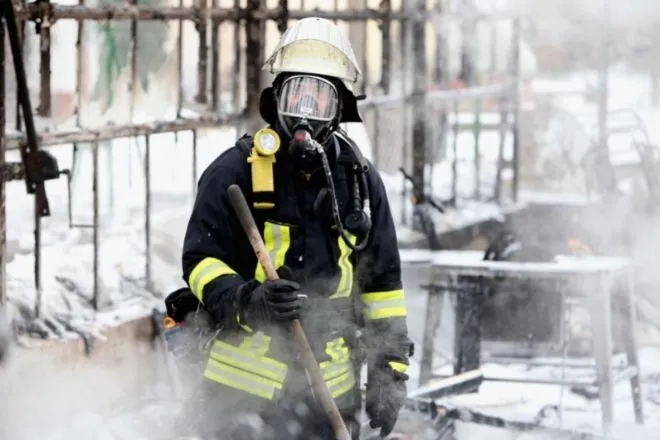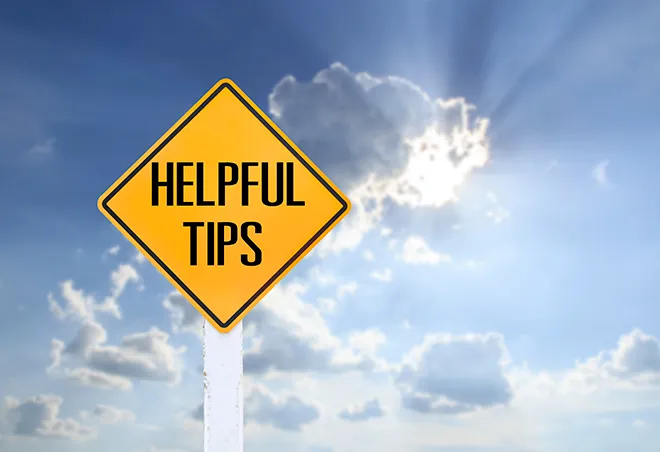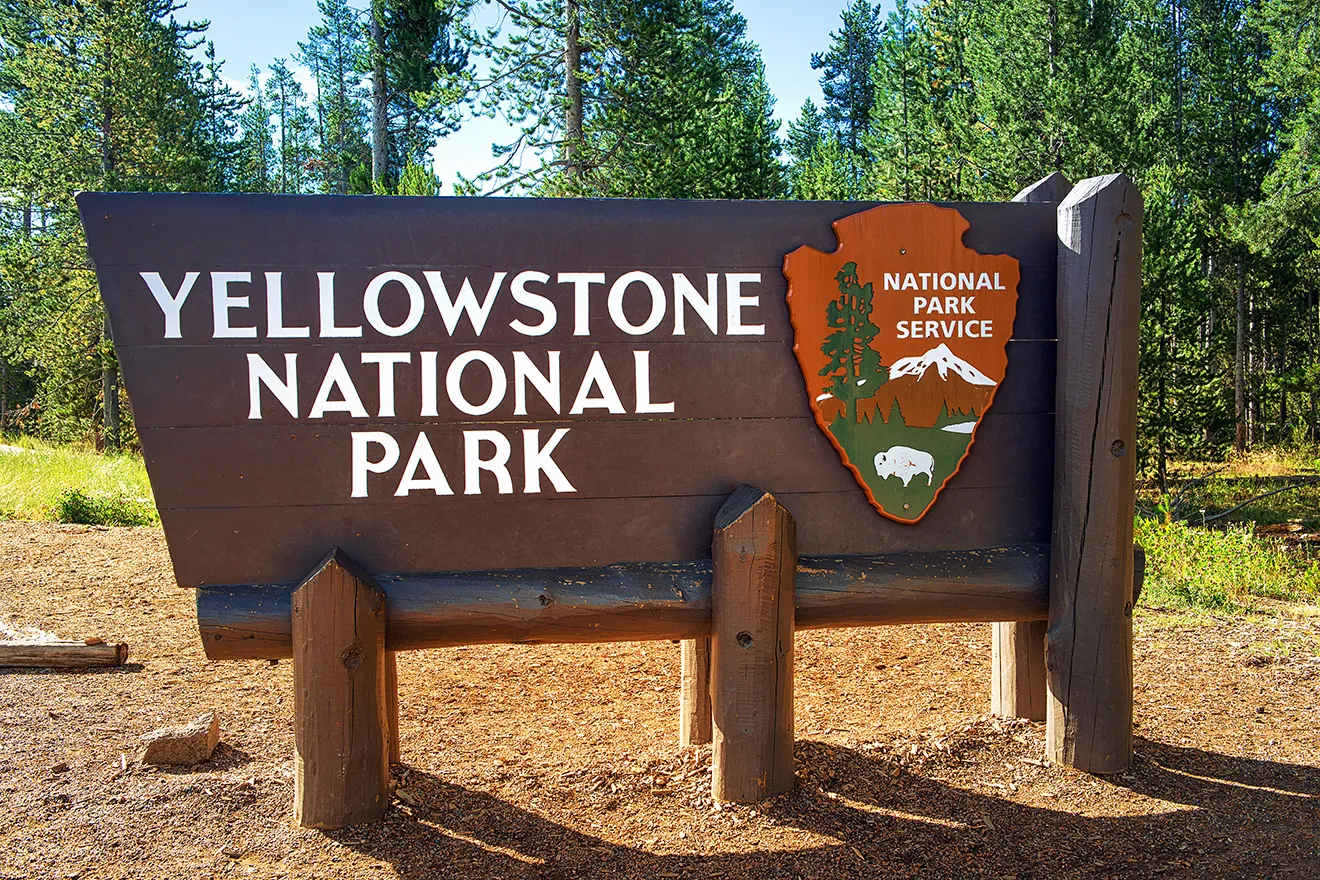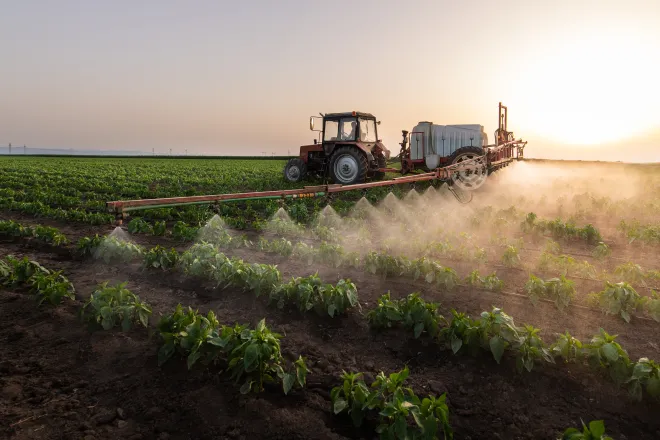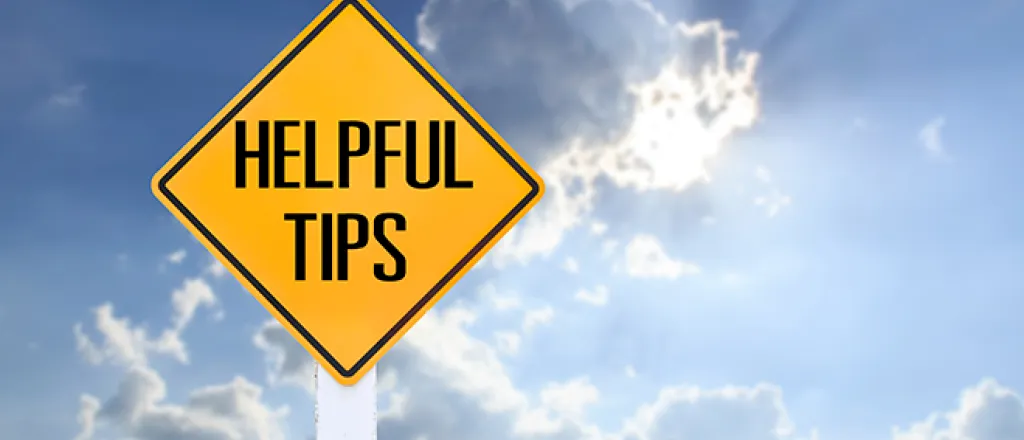
Colorado Flood Safety and Preparedness Tips
Did you know that 267 Colorado cities and towns, and all of Colorado’s 64 counties; have been identified as being at risk for flooding? Colorado’s landscape and ever-changing weather not only creates a beautiful state, but it also creates potentially powerful flood hazard.
Floods can be one of the most damaging natural disasters. The extensive flooding along the Front Range in September 2013 showed just how real the flood threat is in Colorado. No matter where you live, work or play in the mountains, big cities, small towns or out on the plains, you can be impacted by a flood.
Are you Flood READYColorado?
There are a number of things you can do to be prepared, to respond, and to recover from a flood. Here are a few of those quick tips:
- Turn Around, Don't Drown. Avoid flooded areas with rapid flowing water. Do not attempt to cross a flowing stream. It takes only six inches of fast flowing water to sweep you off your feet.
- Get to higher ground. Stay away from high water-prone areas including dips, low spots, valleys, ditches, washes, etc.
- Don't allow children to play near high water, storm drains or ditches. Hidden dangers could lie beneath the water.
- Flooded roads could hide significant damage. Never drive through high water or on flooded roads. If your vehicle stalls, leave it immediately and seek higher ground. Automobiles can float away in just two feet of water.
- Do not camp or park your vehicle along streams and washes, particularly when threatening weather conditions exist.
- Be especially cautious at night when it is harder to see flood dangers.
- Monitor NOAA Weather Radio or your local media for vital weather-related information.
The first step to being prepared is staying informed!
Since 1900, floods have taken more than 10,000 lives in the United States. Floods are one of the most common hazards nationwide, however not all floods are alike:
- Flooding typically occurs when rain falls over several days, when intense rain falls over a short period of time, or when debris buildup causes a river or stream to overflow onto the surrounding area.
- Flooding can also result from the failure of a levee or dam.
- Flash flooding refers to a dangerous sudden rise in water in a canyon or along a creek or wash, or over normally dry land.
- Flash floods result from heavy rainfall, sudden breaks in river ice jams, and dam or levee failures.
- Flash floods can occur within a few minutes or hours, and can move at surprisingly high speeds with little warning.
- Flash floods can be very destructive because of the force of the moving water and debris in flood waters like trees and boulders which can destroy roadways, bridges and buildings.
Wildfires and Floods can be a Double Threat!
Another complication in Colorado is the serious flooding that can result when heavy rain falls on areas recently burned by wildfire.
Every year wildfires burn thousands of homes leaving homeowners devastated and wondering where and how to start rebuilding their lives. Often times, wildfires begin unnoticed. They spread quickly, leaving little time to pack and evacuate.
Furthermore, wildfire threats to lives and property increase as more people build homes, operate business and recreate in areas where wildlands border more urban areas. Over the past few decades, more people are moving into an area referred to as the Wildland-Urban Interface (WUI). The WUI's are where man-made improvements, such as homes, are built close to, or within, natural terrain and flammable vegetation with high potential for wildland fire. While residents in these areas enjoy the beauty of the environment around them, they also face the very real danger of wildfires.
In addition to the growth of people migrating to the WUI, frequent severe drought, record heat and insect infestations have contributed to higher fire danger in Colorado. Are you at risk? Check the Colorado Wildfire Risk Assessment Portal.
Take Action Now to Prepare for Wildfires
Despite the risk, everyone can take steps to prepare for wildfires. Take preventative steps now to avoid chaos and confusion in the future should a wildfire come knocking at your door.
- Build an emergency kit and make a family communications plan.
- Know more than one exit route in case you have to evacuate.
- Plant fire-resistant shrubs and trees.
- Remove leaves and other debris from the roof and gutters.
- Inspect chimneys at least twice a year and clean them at least once a year.
- Use 1/8-inch mesh screen beneath porches, decks, floor areas, and the home itself to help keep embers out.
- Install a dual-sensor smoke alarm on each level of your home, especially near bedrooms. Be sure to test the alarms monthly and change the batteries at least once each year.
- Teach each family member how to use a fire extinguisher and show them where it's located.
Additional tips are provided by the National Weather Service each day during Colorado Flood and Wildfire Preparedness Week, which runs from March 12 through March 18.


